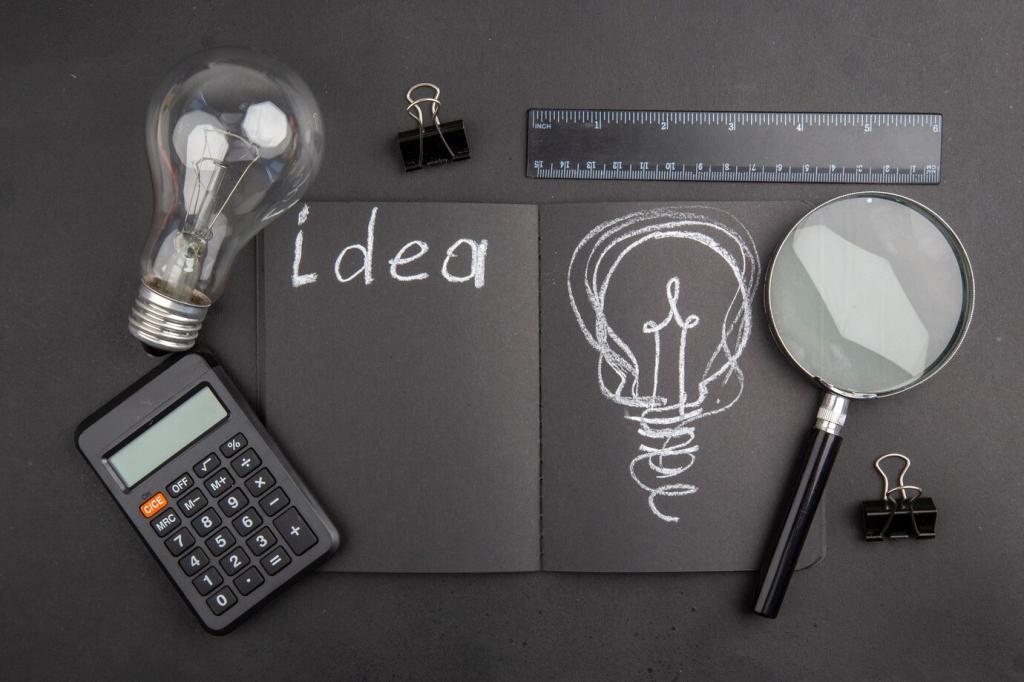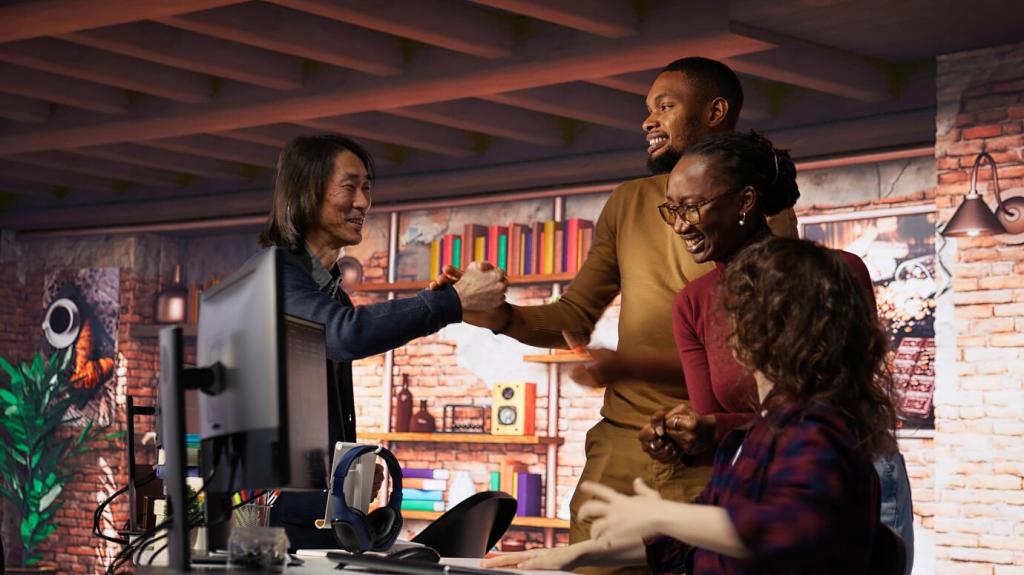Visual Storytelling Techniques for Furniture Marketing


Build a Narrative Spine for Every Piece
Give your hero a personality—confident walnut dining table, playful boucle accent chair, contemplative reading lamp. A small studio once reframed an ordinary armchair as the “quiet hero of rainy Sundays,” and their engagement doubled overnight.
Build a Narrative Spine for Every Piece
Context transforms objects into possibilities. Stage the table with half-written notes, a steaming mug, and soft shadows. The viewer fills in the story, imagining Sunday brunches, late-night sketches, and meaningful conversations that anchor purchasing intent.

Use Leading Lines and Focal Depth
Floorboards, window mullions, and rug edges can guide attention straight to your hero. Pair with shallow depth of field to whisper, not shout, “Look here.” This subtle persuasion increases dwell time and perceived sophistication.
Balance Negative Space and Product Scale
Negative space creates breathing room and elegance. Leave generous margins around key forms so the silhouette sings. Designers report higher click-through when product scale feels realistic, not oversized, within an uncluttered, aspirational composition.
Frame with Architecture and Props
Doorways, arches, plants, and drapery can frame your hero, adding layers that feel lived-in. Choose props that reinforce benefits—open books for comfort, glassware for hospitality—so every element becomes an intentional narrative cue.


Light Emotions, Not Just Rooms
Soft morning light communicates honesty and calm. A brand in Copenhagen shifted to window-lit scenes, capturing linen fibers and oak grain faithfully. Returns dropped as buyers felt the images matched real-life experience.
Light Emotions, Not Just Rooms
Directional light with gentle falloff sculpts edges, celebrating joinery and texture. Think chiaroscuro on walnut arms or brass feet catching a glow. Dramatic lighting adds museum-level gravitas without sacrificing warmth and approachability.
Color and Texture as Narrative Devices
Apply Color Psychology Intentionally
Use warm neutrals to signal comfort, cool blues for clarity, and greens to whisper sustainability. A brand paired terracotta cushions with warm walls, boosting perceived coziness and time-on-page as viewers lingered in the feeling.
Show Tactile Texture Stories
Close-ups are micro-narratives: boucle loops catching light, brushed oak end grain, matte ceramic glaze. Add a quick caption about care or origin to enrich the story and invite thoughtful questions in the comments.
Palette Continuity Across Touchpoints
Keep a consistent palette in photos, videos, and lookbooks so customers recognize your world instantly. Ask readers which palette anchors their brand, and we’ll feature standout examples with credit in an upcoming roundup.
Platform-Specific Storytelling
Hook with a micro-conflict in the first two seconds—cluttered entryway, echoey dining room—then resolve with your furniture solution. Use captions for accessibility and a final call to save, share, or ask a question.


Platform-Specific Storytelling
Build boards like chapters: entryway serenity, slow dining, mindful work-from-home. Pin scenes, swatches, and process shots. Brands report compounding saves when each board tells a cohesive mini-saga with clear aesthetic boundaries.
Human Stories: Owners, Makers, and Homes
Film short profiles showing sketches, wood selection, and finishing rituals. One craftswoman’s quiet habit—tapping each joint twice—became a beloved motif that fans now ask about in comments and showroom visits.

Measure, Learn, and Iterate the Story
Compare first-frame hooks, lighting moods, or prop density. One retailer learned a stopped-clock prop reduced trust, while a steaming mug raised warmth scores. Share your surprising test results and we’ll compile a community benchmark.

